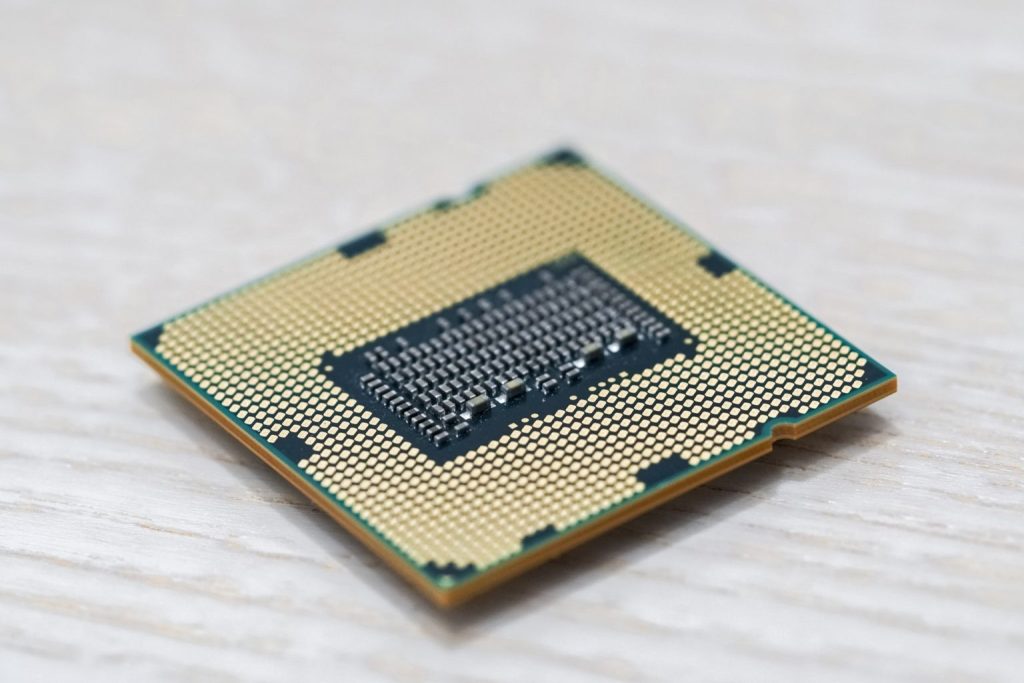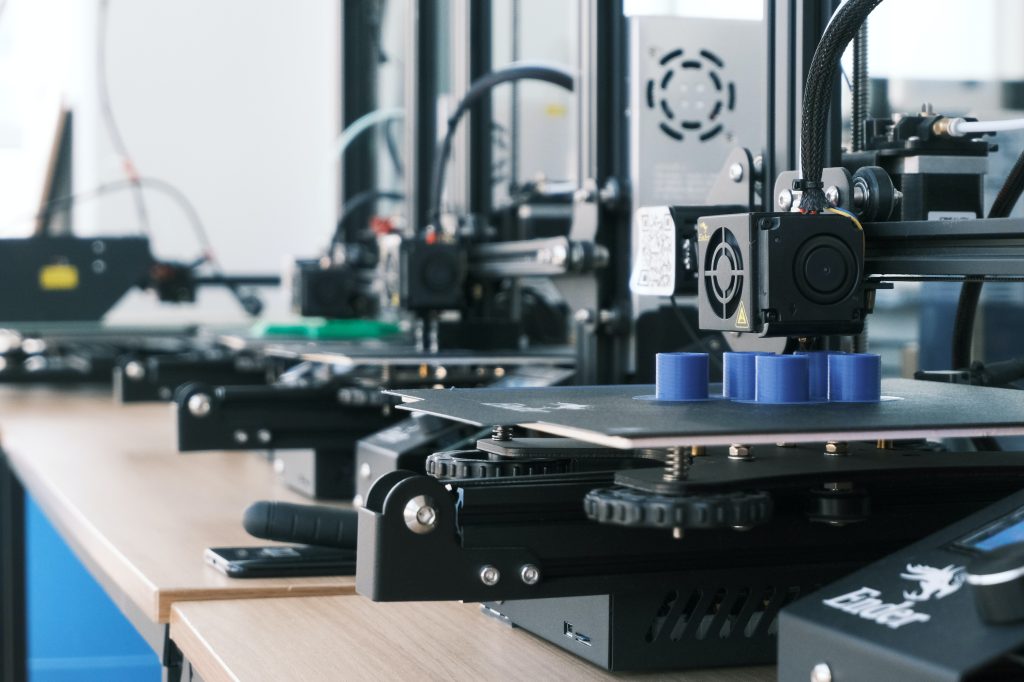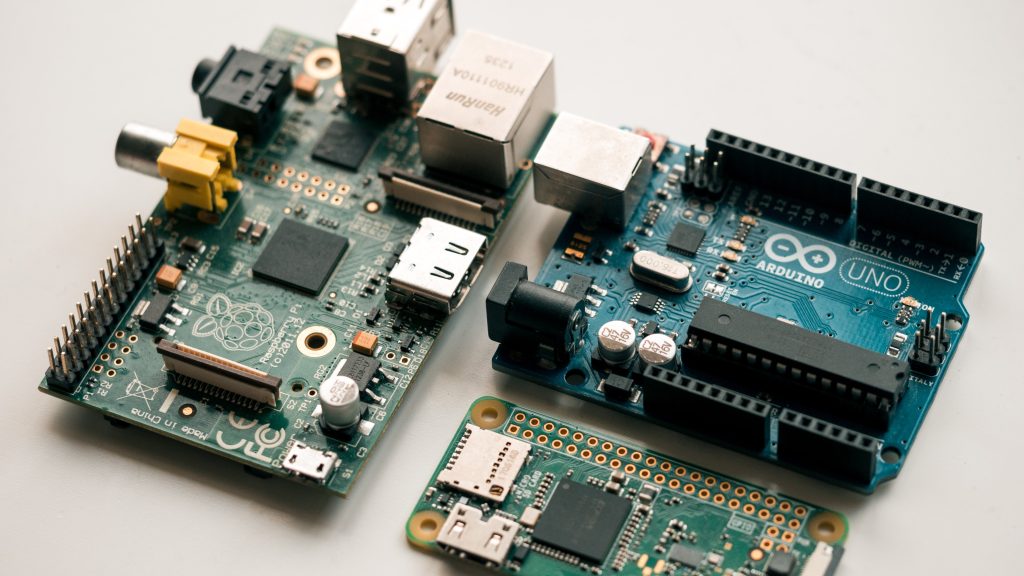Photo by CHUTTERSNAP on Unsplash
The semiconductor supply chain ensures that the fabricated, assembled, and the tested product reaches customers on time. Achieving this goal requires eliminating all the bottlenecks that might impact the supply process.
The standard process to mitigate bottlenecks is to capture the end-to-end supply chain requirements and then proactively fill the gaps. However, the better approach is to capture the supply time and ensure there are no time gaps.
Inventory Time: How Long The Existing Supply Will Last.
Reload Time: How Long Before The Supply Can Be Restored.
In semiconductor supply, there are two ways to look at time: Inventory Time and Reload Time. The former provides a view of how long the inventory will last and later provides details about how much time it will take to replenish the stock.
Eventually, the goal is to ensure there is never a shortage in the supply process. Nevertheless, it is not always the case, and the supply process is not bound to be smooth. More so when the semiconductor manufacturing process is cost and time sensitive, and there is no easy way to speed up the process.

Managing the Inventory Time and Reload Time has a positive impact on the semiconductor supply process. First of all, it eliminates hurdles and ensures the timely delivery of products. Second, it brings equilibrium in the demand and supply process, thus guaranteeing that customers never run out of the parts.
As the semiconductor industry grows and the number of active products reach the trillion mark, the timely execution of an error-free supply process will play a huge part. It will require human resources to collaborate extensively to meet all the customer requirements on time.
Impact: Proactively Eliminate Supply Chain Bottlenecks.
Equilibrium: Ensuring The Right Amount Of Inventory, All The Time.
The supply data management tools will also have to evolve and provide a better sneak by driving predictability. Thus, making the supply system more adaptive than reactive.
In the end, the goal of the semiconductor supply chain is to meet the market demand. As the customer base expands, the challenge will be to ensure the market always has the right product delivered at the right time.





















